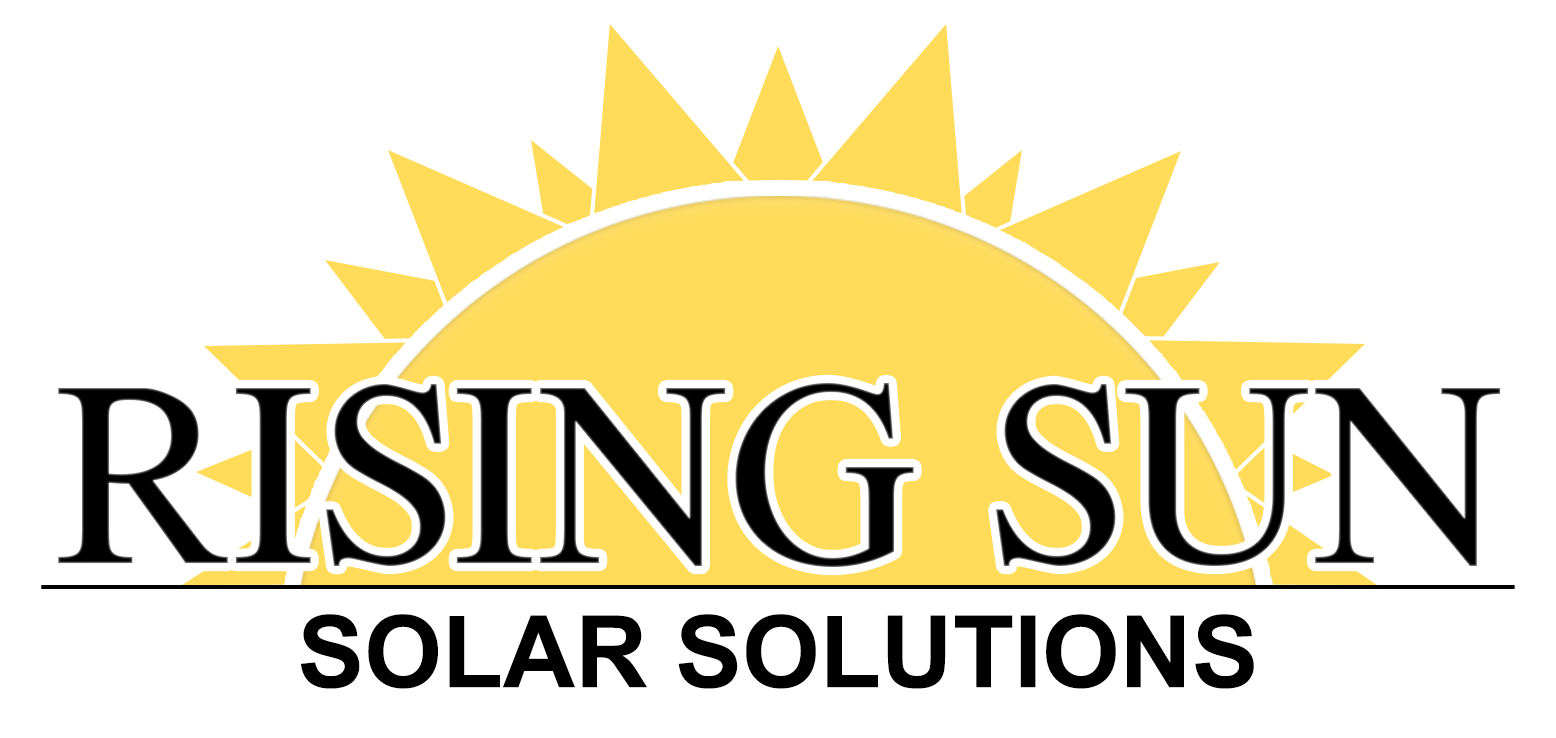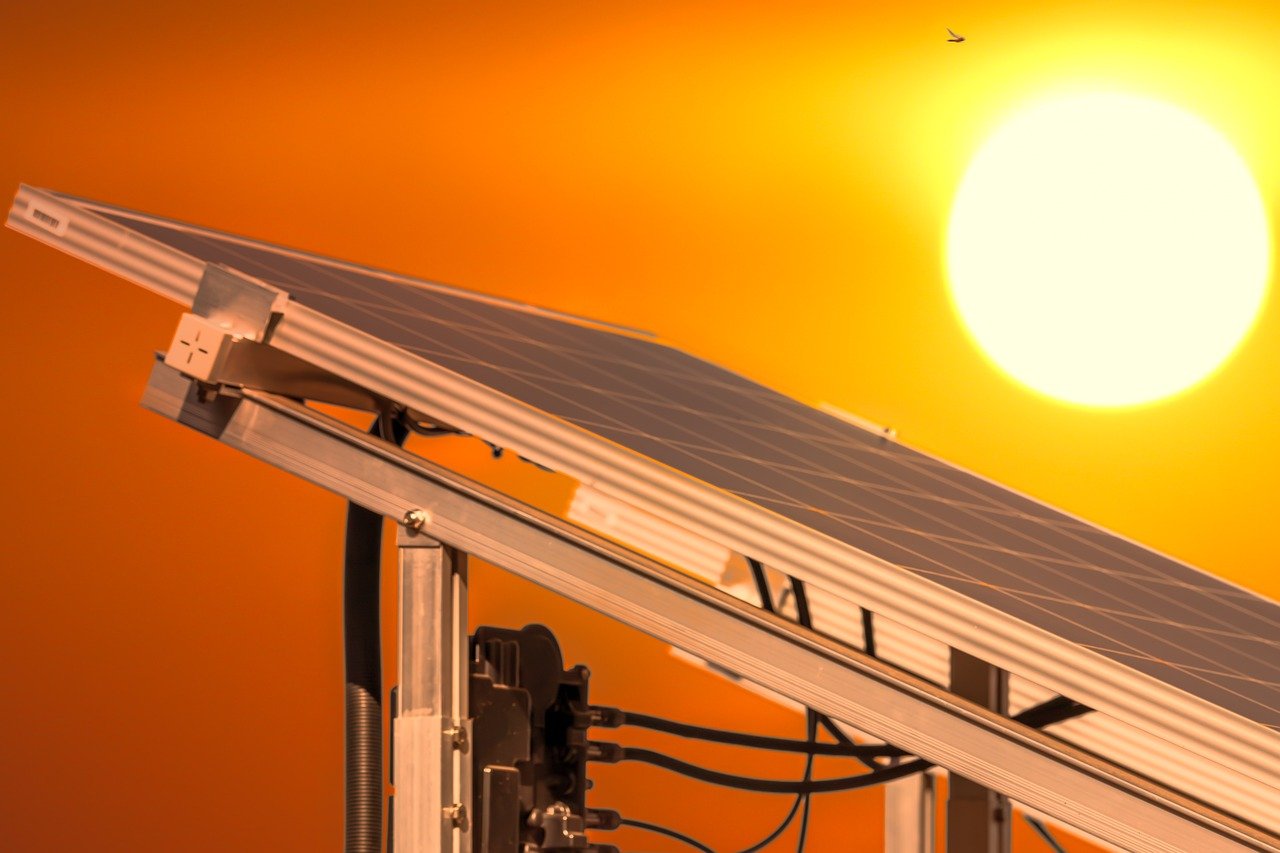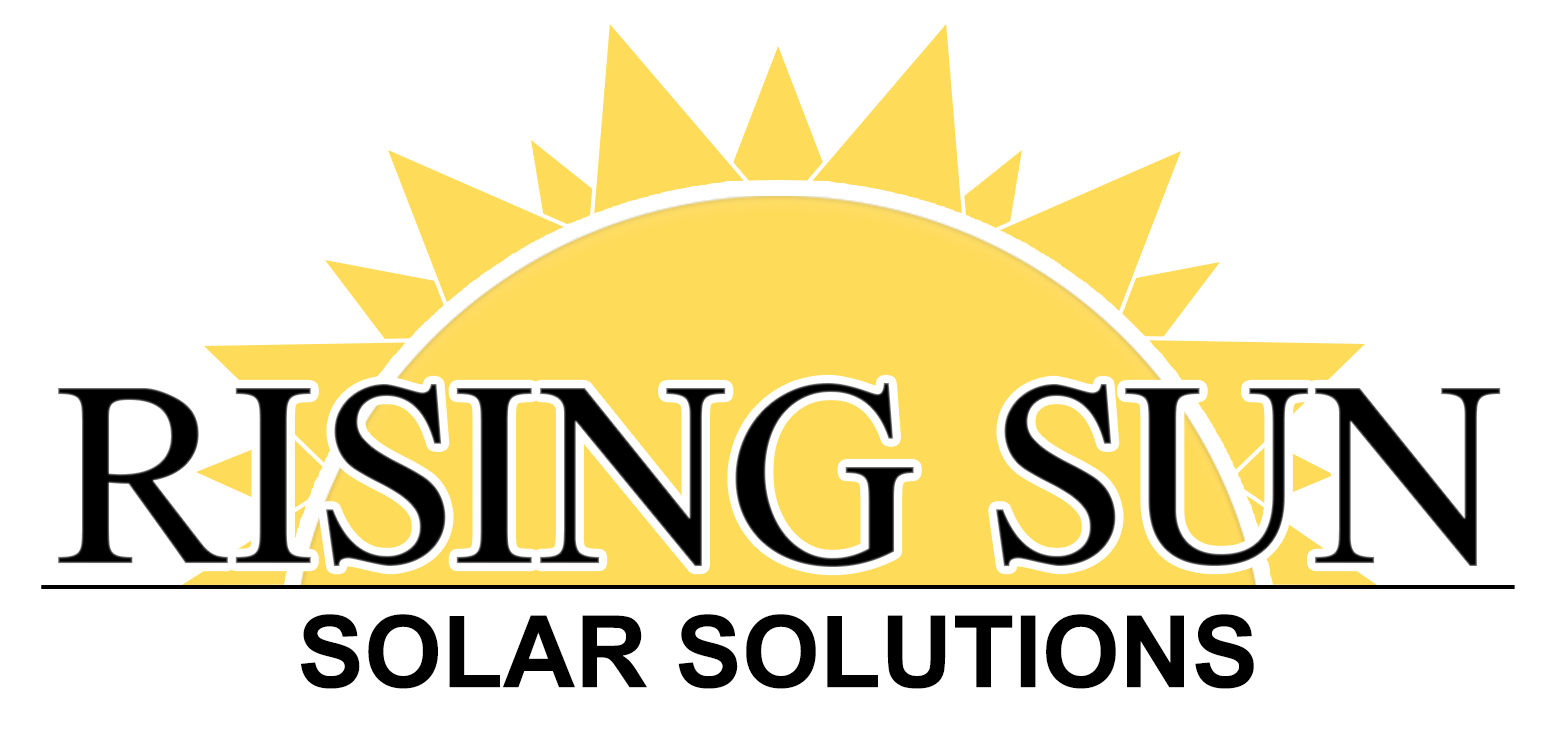You are probably familiar with solar incentives in Maryland that offer you tax credits for installing your panels. But, did you know that Marylanders save an average of $330 using another lesser known incentive?
If you want to get the most benefits of solar panels then you should know about solar renewable energy credits (SRECs).
Use this article as your guide to find out what are renewable energy credits and how to use them to sell back your solar energy to the grid.
What Are Solar Renewable Energy Credits?
An SREC represents the environmental and renewable attributes of one megawatt-hour (MWh) of electricity generated specifically from solar power. When a solar panel system produces electricity, it generates both physical electricity and an SREC. The SREC is a tradable, non-physical certificate that conveys the environmental benefits of solar energy production.
For instance, if a solar system produces 1,000 kWh (or 1 MWh) in a month, it generates one SREC, which can then be sold or used to offset the purchaser’s carbon footprint. By purchasing SRECs, individuals and organizations can claim that their energy use is offset by solar energy, even if the physical power they consume is sourced from the grid.
How Do SRECs Work?
The power grid in the U.S. comprises a mix of energy sources, including coal, natural gas, nuclear, and renewables like solar and wind. While renewable energy sources are growing, solar only accounted for 3.9% of U.S.-generated electricity in 2023. This is where SRECs come in.
When solar energy is produced, it enters the electrical grid and mixes with other energy types. By purchasing SRECs, buyers can offset their electricity consumption with solar energy, even if they are geographically distant from the solar source. Each SREC has a unique identification number and is tracked to ensure authenticity, preventing double-counting or fraud.
Why Are SRECs Important?
1. Environmental Benefits: SRECs promote solar energy adoption, reduce greenhouse gas emissions, and lessen reliance on fossil fuels. When organizations buy SRECs, they help fund further solar energy projects, supporting the global transition to a low-carbon future.
2. Energy Independence and Reliability: Solar energy can diversify our energy sources, contributing to greater energy independence. More SRECs mean increased solar energy production, which decreases reliance on fossil fuels and can help mitigate energy price volatility.
3. Regulatory Compliance: Many states, including Maryland and Pennsylvania, have Renewable Portfolio Standards (RPS) that require utilities to source a specific percentage of their energy from renewable sources. By purchasing SRECs, utilities can meet these requirements without necessarily generating solar power themselves.
4. Economic Opportunities: SRECs create economic incentives for solar energy projects, making it financially viable for developers to invest in solar systems. This stimulates local job creation and economic growth.
The Value of SRECs for Homeowners with Solar Panels
If you have or are considering installing solar panels with Rising Sun Solar Solutions, SRECs offer a unique benefit. When your solar system generates power, it may also generate SRECs, which you can sell on the market, providing additional income from your investment. This can be particularly advantageous in states with active SREC markets, such as Maryland and Pennsylvania, where you may see financial returns beyond your energy savings.
For example, if your system produces 10 MWh of energy annually, it generates 10 SRECs. Depending on market rates, these SRECs can be sold, allowing you to earn extra income each year from your solar system. This added value can help offset installation costs, providing a quicker return on investment.
Types of SRECs and Their Markets
There are generally two types of SRECs: voluntary and compliance.
– Voluntary SRECs: Individuals or companies purchase these to meet their sustainability goals or commitments. For instance, a business may buy voluntary SRECs to declare their operations carbon-neutral, appealing to environmentally conscious consumers.
– Compliance SRECs: Utilities buy these to meet legal requirements imposed by RPS or other renewable mandates in their state. Compliance SRECs are often more valuable due to demand from utilities that must meet strict RPS targets.
The prices for SRECs vary widely depending on demand, state regulations, and type. States with stringent RPS requirements, like Maryland, often have more active and higher-priced SREC markets than states without such mandates.
SREC Markets in Maryland and Pennsylvania
Both Maryland and Pennsylvania have implemented RPS programs to encourage renewable energy production. In Maryland, the RPS requires a certain percentage of the state’s electricity to come from renewable sources, with specific requirements for solar energy. Due to this solar carve-out within the RPS, Solar Renewable Energy Credits (SRECs) are highly valued in Maryland.
In Pennsylvania, the Alternative Energy Portfolio Standard (AEPS) requires a portion of the electricity sold to be sourced from alternative energy resources. This program also supports SRECs as one of several solar incentives in PA.
These markets allow homeowners with solar systems to sell their SRECs, creating an additional revenue stream and enabling them to contribute to the state’s renewable energy goals.
How to Sell SRECs as a Solar Owner
For Rising Sun Solar Solutions customers, selling SRECs is relatively straightforward but requires registration in an appropriate SREC tracking system. Here’s a basic outline of the process:
1. Register Your Solar System: Start by registering your solar panel system with an SREC tracking program. In Maryland and Pennsylvania, the most common registry is the PJM Generation Attribute Tracking System (GATS).
2. Earn SRECs from Your Solar Production: Each megawatt-hour (MWh) your system generates will be tracked, and SRECs will be issued accordingly.
3. Sell Your SRECs: You can then sell your SRECs in the open market, either through brokers, aggregators, or directly to buyers, depending on your preference. SREC prices fluctuate, so it’s wise to monitor the market or consult with a professional.
4. Track and Renew: Ensure you maintain records of your SREC sales and consult with Rising Sun Solar Solutions or your utility provider if you have questions about ongoing SREC eligibility.
The Future of SRECs and Solar Energy
SRECs have become an essential mechanism for promoting solar energy, helping businesses and households offset their carbon footprints, achieve regulatory compliance, and support sustainable practices. For homeowners, SRECs add a valuable layer to the financial benefits of going solar, making systems more affordable and accessible.
As technology improves and awareness grows, the SREC market is expected to expand, and regulatory standards may become more robust. This growth will further drive solar energy projects, creating more opportunities for solar owners and accelerating the transition to a cleaner energy future.
Ready to Go Solar and Generate SRECs?
By partnering with Rising Sun Solar Solutions, homeowners in Maryland and Pennsylvania can take advantage of the SREC market while reducing their energy costs and contributing to a cleaner environment.
Whether you’re interested in generating your own renewable energy, earning extra income, or simply reducing your utility bills, our team can help you navigate the SREC process.
Contact us today to learn more about installing solar panels and generating SRECs for your property.


